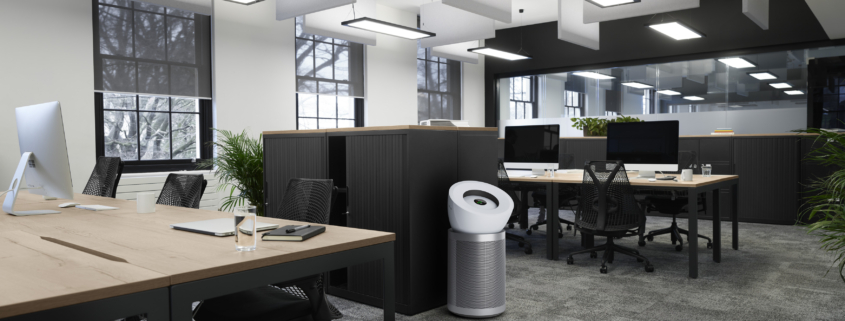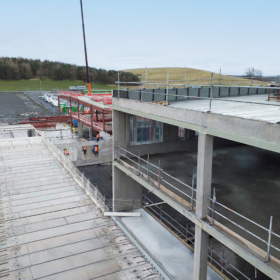Strategies for Cleaner & Healthier Education Environments
Students spend on average 35 hours a week in school for half the year1, so it is vital to prioritise wellbeing, productivity, and comfort to support learning. In this article, Dyson explains why installing air purification systems within educational settings should be a priority to address the risks associated with poor indoor air quality.
Understanding Indoor Air Quality
Indoor air quality (IAQ) within educational settings is a critical consideration that significantly impacts the health and performance of both students and staff. Those working in the education sector play a crucial role in shaping learning environments that prioritise optimal air quality, ensuring a conducive and healthy atmosphere for academic pursuits. Research shows that the majority of the UK public (87%) and education leaders (98%) believe that air quality is important in education spaces2. Therefore, should remain a priority.
As educational institutions are shared spaces that accommodate individuals of all ages, they often face challenges related to airborne pollutants. Pollutants, such as VOCs (Volatile Organic Compounds), are emitted from many sources including fuels, flooring, cleaning products, and even soft furnishings. These micro pollutants are impossible to see but can have an impact on our health, wellbeing and productivity.
Short-term exposure to VOCs can potentially lead to heightened fatigue, difficulty concentrating, and an overall sense of discomfort. Those with respiratory conditions such as asthma may also notice an exacerbation of symptoms, including coughing and shortness of breath. Additionally, poor indoor air quality can contribute to the spread of viruses and respiratory infections among occupants3. As such, poor indoor air quality can contribute to an unhealthy learning environment, so it is important to mitigate the impact on students and staff.
Global Action Plan, a leading charity, brings attention to the alarming statistic that almost all UK schools are in areas above WHO air pollution limits4. The UK government has officially acknowledged poor air quality as the largest environmental risk to public health in the country. This underscores the urgency for educators to prioritise IAQ initiatives in school design and ongoing maintenance and the critical importance of proactively embracing available technologies for air purification in classrooms.
Choosing Technology for Cleaner Educational Environments
When decision-makers are considering suitable technology for education spaces, it is essential to consider various features and technologies that are catered to large, shared spaces which have distinct requirements. For example, opting for quiet and powerful purifiers, such as Dyson’s Big + Quiet, are particularly well-suited to the educational environment as they reduce exposure to indoor air pollution, without disruption.
By introducing purification solutions, it is possible to address risks associated with poor indoor air quality, ensuring that students and staff can thrive in an environment that facilitates both health and productivity.
To learn more about how to create cleaner, and more hygienic shared spaces across educational spaces, visit Dyson technology’s business hub and book a call:




Leave a Reply
Want to join the discussion?Feel free to contribute!